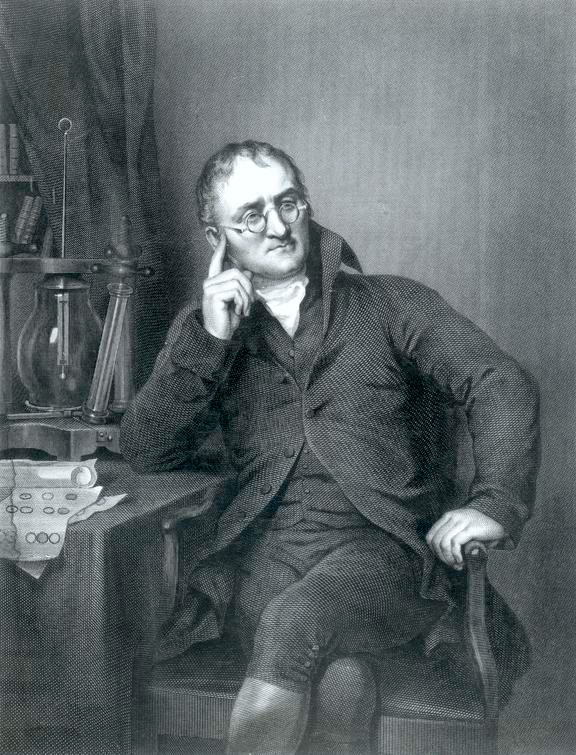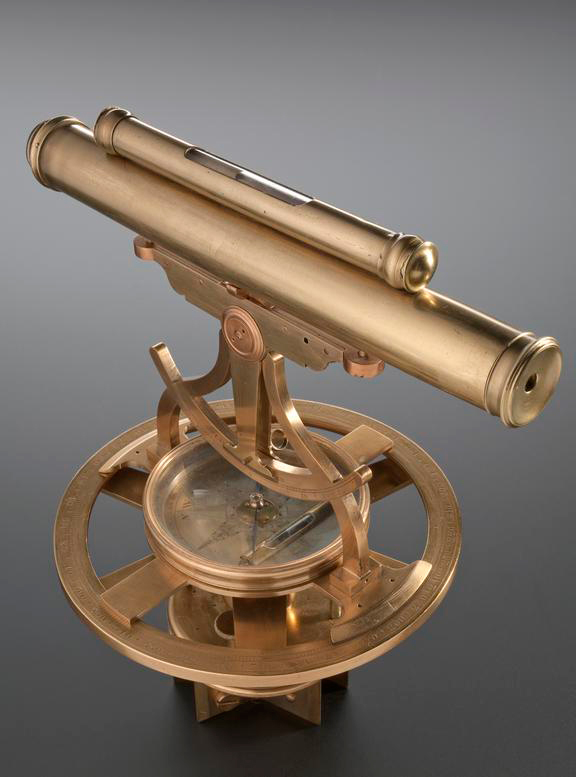Please note: Electricity: The spark of life ended in April 2019. To find out what exhibitions and activities are open today, visit our What’s On section.
During an auroral display, streams and beams of colourful light arc, shimmer and dance across the night sky.
Typically seen across the most Northerly points of the Northern Hemisphere, trips to see the aurora borealis attract thousands of visitors a year. We’re nearing the end of the viewing season now, but if you haven’t yet booked your cruise to Alaska, don’t panic—you’re guaranteed to see them for free, right here at the Science and Industry Museum as part of our Electricity: The spark of life exhibition.

Science Museum Group © The Board of Trustees of the Science Museum
For millennia, the dazzling displays of the aurora borealis (‘northern dawn’ in Latin) were something of a mystery. They became a life-long obsession for John Dalton, Manchester’s most famous meteorologist and chemist. His experiments with electricity led to new theories about electricity in nature.
What causes the aurora borealis?
Essentially, electrically charged particles are catapulted into our planet’s upper atmosphere, accelerated by energy from the sun. Auroras appear in rings around the Earth’s magnetic poles. In the Northern hemisphere, we have the aurora borealis, while the aurora australis is visible in the Southern Hemisphere. The further away you are from the Earth’s polar regions, the less likely you are to see them.

© The Board of Trustees of the Science Museum
The first recorded use of these terms comes from Italian astronomer Galileo Galilei in the early 1600s: ‘aurora’ refers to the Roman goddess of the dawn, and ‘boreas’ was the god responsible for the north wind. Now there’s a pub quiz fact you won’t want to forget!
Where are the best places to see them?
The best places to see them are Alaska, Norway and Greenland in the North; and Tasmania, New Zealand and remote areas of the Antarctic in the south. And the 1700s.
Why the 1700s?
The aurora borealis are sometimes visible in the UK, particularly in northern areas of Scotland. However, before the mass generation of electric light (and the subsequent light pollution) the aurora were more easily observed.
Like many people of the time, John Dalton was fascinated with the aurora borealis. His research into the phenomenon, alongside that of his contemporaries, laid the foundations for our current understanding. Dalton’s work was amongst the first to apply the principles of scientific enquiry to this natural wonder.
Who was John Dalton?

© The Board of Trustees of the Science Museum
Born in Cumbria in 1766, John Dalton is best known for his theory of atomic weights, which transformed our understanding of chemistry and the physical world.
He was also a fervent weather watcher, becoming an important figure in the field of meteorology. With his eyes and scientific instruments trained on the heavens, Dalton became enthralled by the ‘glowing canopy’ of light that occasionally appeared in the skies above the Lake District and Manchester.
Dalton also kept a daily weather diary, producing a detailed record of local weather conditions over 57 years—over 200,000 entries in total. Even in poor health, he continued to journal about the weather, and his final entry came mere hours before his death on 27 July 1844.
Many of Dalton’s diaries can now be found at the John Rylands Library at the University of Manchester. As well as the classic Mancunian wind and rain, he also documented sightings of the aurora borealis.
Sometimes the entries were cursory, such as the ‘large crimson light’ noted on 11 May 1788.
Particularly strong showings, however, often moved Dalton to indulge his literary side. One event over Kendal in October 1792, for instance, was said to ‘surpass all description’. As any good scholar would, he assembled an arsenal of adjectives and tried his best to describe it anyway:
The intensity of the light, the prodigious number and volatility of the beams, the grand intermixture of all the prismatic colours in their utmost splendour, variegating the glowing canopy with the most luxuriant and enchanting scenery, affording an awful, but at the same time, the most pleasing and sublime spectacle in nature. Everybody gazed with astonishment.
In Dalton’s time, the cause and origins of the aurora borealis were unclear. In 1716—50 years before the birth of baby Dalton—people in Yorkshire and London swore they saw glimpses of giant armies fighting in the heavens amidst the unpredictable, colourful lights. This was the time of Jacobite rebellion, of sectarian violence in England. The aurora was seen by some as a dire portent about the perils of rising tensions and violence.
What did Dalton do?
Dalton was among a small group of scholars who began to look for a scientific explanation for the aurora borealis. He was sometimes disparaging about the theories of his contemporaries, referring to them as ‘extravagant’ and ‘ridiculous’. After years of careful observation, John Dalton suspected that the aurora had an electrical or magnetic origin.
He was so curious about the origins of the aurora borealis that he began testing his theories using scientific approaches and instruments. Dalton rambled and traipsed around the Lake District (Kendal and Keswick) with homemade kit to make recordings and document his observations.
He used his theodolite—a surveying instrument with a rotating telescope to measure angles—to correctly estimate the distance of the aurora from the surface of the earth. Dalton suggested that the aurora occurred at least 60 miles (approximately 100 kilometres) up into the atmosphere (it actually occurs between 100 and 200 kilometres in the mesosphere, or middle layer, of the atmosphere. Commercial planes usually fly at 11 kilometres.)

© The Board of Trustees of the Science Museum
Dalton also used a dip needle—a kind of compass that reveals angles and movements of magnetic fields—to test his hypothesis about connections between the aurora on the Earth’s magnetic field. When the aurora appeared, Dalton noticed a slight disturbance in his instrument—the needle moved. He used his observations to create a theory that claimed a magnetic or electric origin for auroral lights.
We now know that charged solar particles generate an opposite polarity to the Earth. This energy weakens and depresses the Earth’s magnetic field. As the aurora appears when these particles bombard the atmosphere, Dalton was able to pick up on these slight changes in magnetic field lines on the Earth’s surface. He wasn’t sure why the aurora was occurring, but by being out there and testing his ideas, he was able to generate new ideas. John Dalton’s ideas were cutting edge for the time. He was actually worried that his ideas were so ‘wild and chimerical’ that the scientific community would not believe him, but he had confidence in his data and observations.
At the time, scientific understanding of magnetism was limited. It was something that people had started to observe, bit it was not well understood. This might explain Dalton’s incorrect suggestion that the Earth’s magnetism pulled an elastic, magnetic fluid across the sky to create the beams of light. Dalton thought that these magnetic beams or fluid contained iron that was pulled towards the Earth’s magnetic poles. He also suggested that the aurora could be similar to the ‘discharges of fluid in the atmosphere… [as with] the phenomenon of lightning’.
Although other people such as Edmund Halley had suggested an electrical or magnetic origin for the aurora, Dalton was one of the very first people to test these ideas in a scientific way. His pioneering ideas and research were not taken seriously by other scientists for decades. It was over 100 years later that Norwegian physicist Kristian Birkeland demonstrated that auroras were caused by electrons from the sun. He used a spherical magnet called a terrella and placed it inside a vacuum chamber. When he blasted the magnet with electrons, the interacted with the magnetic field and produced an artificial aurora.